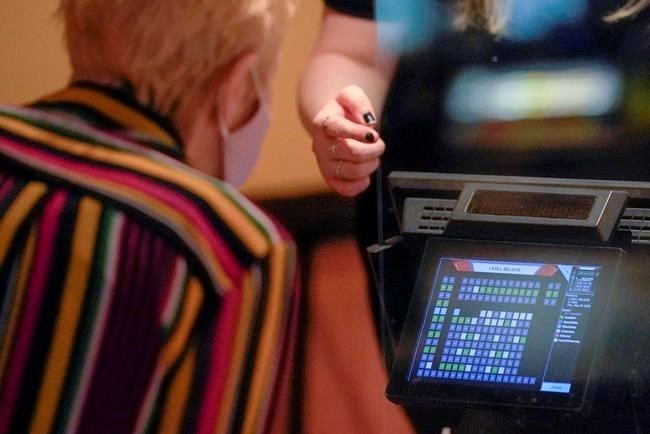As movie
The trade organization is announcing a set of health and safety protocols Friday based on research and guidelines from the Centers for Disease Control and Prevention, the World Health Organization and the Occupational Safety and Heath Administration. Over 300 companies representing more than 2,600
“In this new pandemic world, moviegoers need to know that there is a consistent, science and experience-based set of health and safety protocols in place no matter what
The guidelines outline comprehensive mask policies, which are required for employees and patrons with a few exceptions for children under 2 years old and when consuming concessions — but only when approved by state and local health authorities. The rules state that masks should also be provided to employees who don't have them.
They also sketch out recommendations for reduced capacity screenings, air filtration optimization, cashless concessions, mobile ticketing, enhanced cleaning policies and employee health training about hand hygiene and the signs and symptoms of COVID-19.
The association has been working for months to develop the rules in consultation with epidemiologists and industry experts. The organization's executive board includes the leaders of the major exhibition chains, like AMC Entertainment, Cinemark and Cineworld/Regal.
Most indoor movie
The CinemaSafe protocols are voluntary. Companies complying with the guidelines can display a CinemaSafe badge on their
Dr. David F. Goldsmith, an occupational and environmental epidemiologist at George Washington University’s Milken Institute School of Public Health, reviewed the CinemaSafe guidelines.
“These protocols, and the way they were developed, demonstrate a serious, comprehensive effort by movie
Dr. Joyce Sanchez, an infectious disease specialist and director of the Travel Health Clinic at Froedtert & the Medical College of Wisconsin, said that the protocols address, “Two of the three general concepts that factor into activity risk: distance, dose and duration.”
Sanchez said that duration can’t be controlled but noted that movie runtimes are similar to that of a domestic flight or time spent at a restaurant.
“While every activity outside the home carries risks, these additional measures can help to mitigate them,” she added.
Lindsey Bahr, The Associated Press



